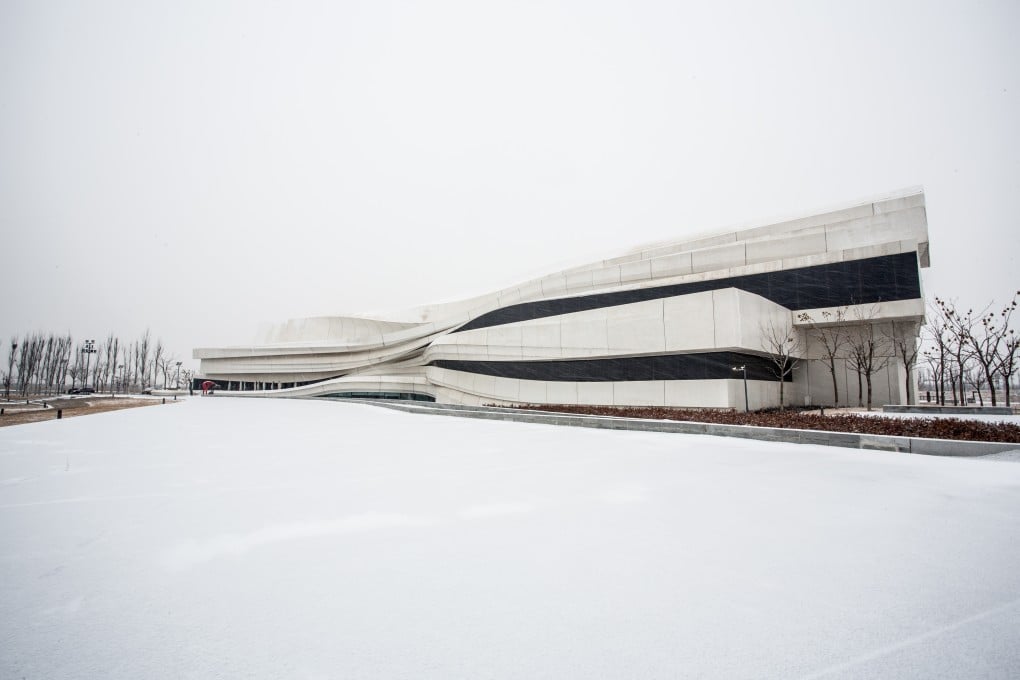20 women architects shaping China’s future through buildings big and small
- China’s urban landscapes are transforming at dizzying speed, and, inspired by Zaha Hadid, women are behind some of the country’s most exciting new buildings
- Changes unleashed by Deng Xiaoping’s economic opening up let them claim a place in the profession, and elbow aside male engineers who dominated construction

With just an hour to go before the China launch of New Chinese Architecture: Twenty Women Building the Future, the book’s British managing editor, Austin Williams, is explaining why he wanted no mention of females on its cover. Although the full-colour volume is hailed in marketing blurb as “the first of its kind detailing the lives, achievements and ambitions of 20 successful, influential women architects living and working in China today”, he would have preferred no gender-revealing spoiler in its subtitle.
“I envisaged this book being called ‘Twenty Chinese Architects’, full stop, because if you saw ‘Twenty Chinese Architects’ as the title, and you opened it up and they were all men, you wouldn’t give it a second thought,” besuited Williams says. “I thought, ‘Wouldn’t it be fun if you then discovered that they were all women.’ That might give you cause for reflection on how women are seen to participate in this industry.”
Invited to China in 2011, to help establish the architecture department of Xian Jiaotong-Liverpool University (XJTLU), in Suzhou, Williams is an honorary research fellow at that college as well as a senior lecturer in architecture at London’s Kingston School of Art.
He stresses how time frames are compressed in fast-changing China, pointing out that the country’s first private architecture practice in the modern era was opened only in the early 1990s. “This is not like the West, with 200 years of playing around with this stuff,” Williams says. “We are talking just 25 or so years.”

One consequence of this squeezing of time is that women are already playing a pivotal role in Chinese architecture, and realised projects spotlighted in the new volume include everything from rural schools to gargantuan commercial developments in major cities.
Among them are architect Qi Shanshan’s Nine House, an inviting boutique hotel and gallery in the ancient water town of Xitang, an hour’s drive from downtown Shanghai, in Zhejiang province. Qi is the founder of Studio Qi, in her hometown of Hangzhou, also in Zhejiang, and Nine House won an Urban Environment Design magazine accolade as China’s Most Charming Boutique Villa in 2016.